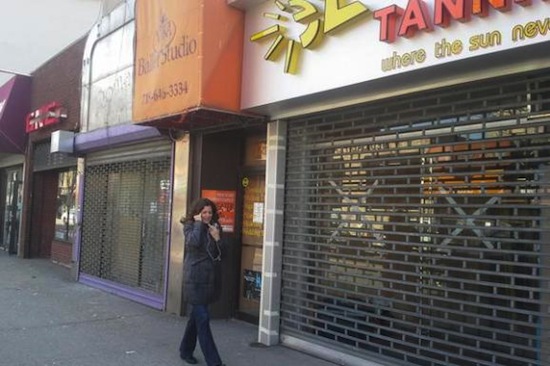40 percent of Sheepshead Bay stores still shut post-Sandy

Gokhan Karakollukcu never imagined that the placid waters beyond Emmons Avenue would blast apart his café’s windows one late and horrifying October night last year.
“We lost everything, whatever you see is new,” says Karakollukcu, gesturing to the interior of the Sheepshead Bay café he manages. “We found our furniture two or three blocks ahead…. My boss couldn’t open the front door the next day because there was so much water.”
Nearly five months after Hurricane Sandy ravaged New York City, residents and business owners are still struggling to rebuild their lives, both economically and psychologically. Neighborhoods like Breezy Point, Coney Island and the Financial District have become symbols of Hurricane Sandy’s ferocity, but one Brooklyn neighborhood believes it has been left out of the disaster narrative.
